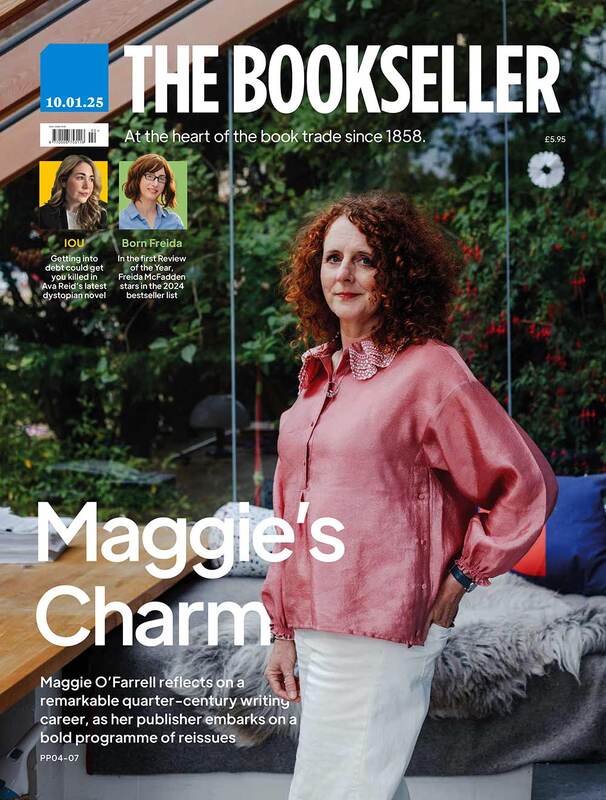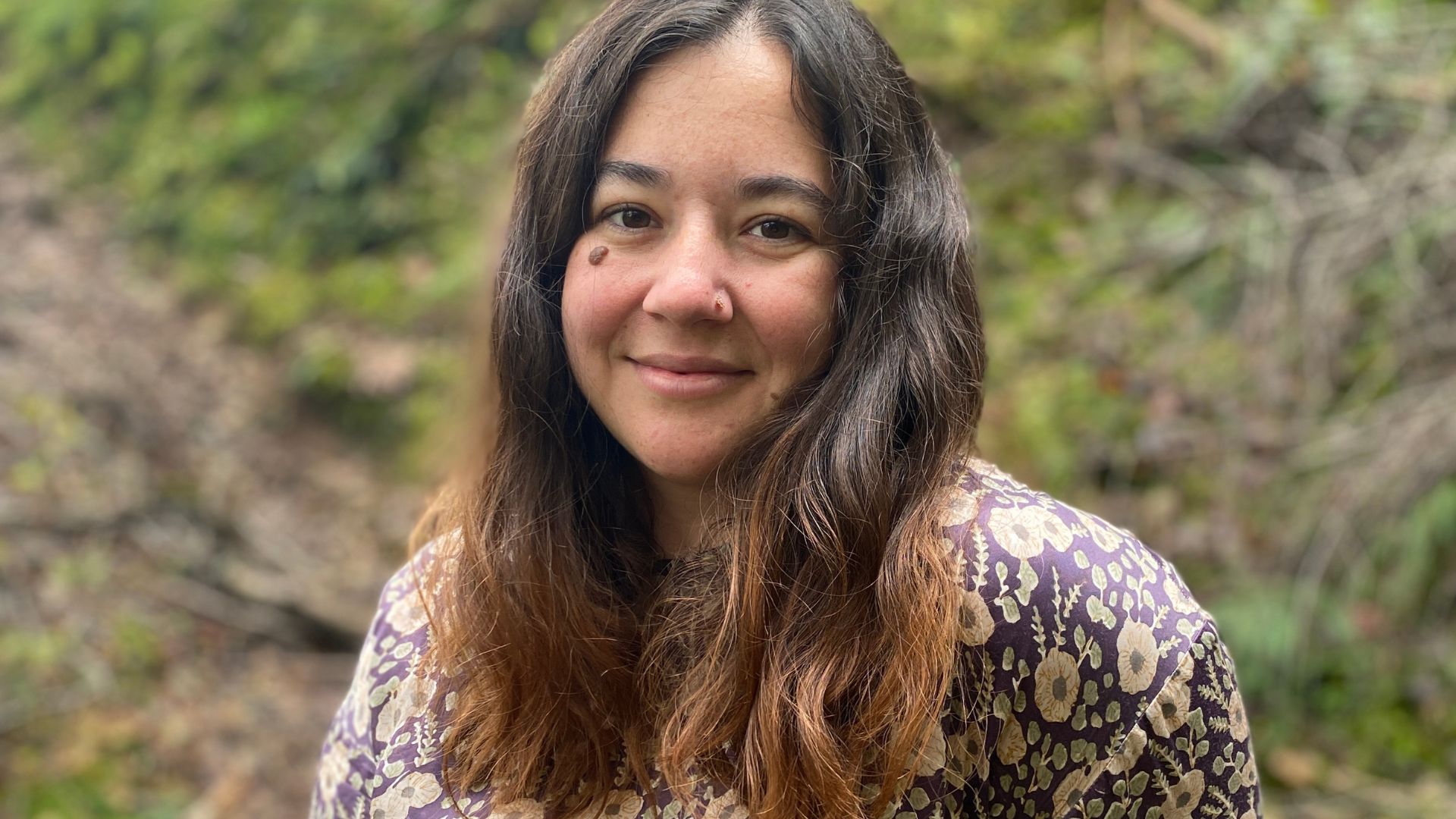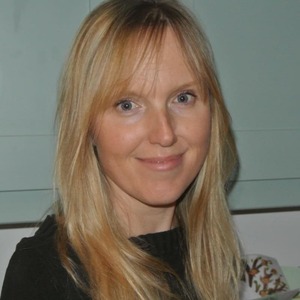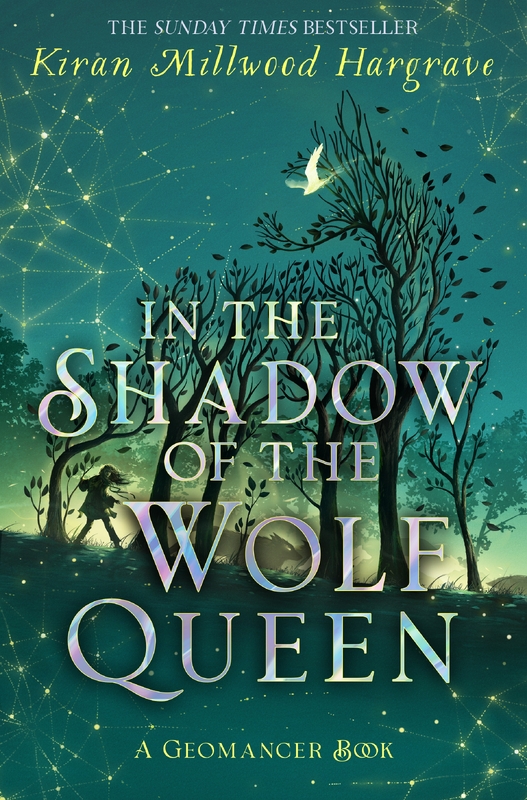You are viewing your 1 free article this month. Login to read more articles.
Kiran Millwood Hargrave on her new, nature-led fantasy series
Kiran Millwood Hargrave is set to publish the first book in a brand new trilogy.
"I wish I had a really neat origin story,” Kiran Millwood Hargrave laughs, speaking over video call from her Oxford home, “but this is a book that has been percolating for about 14 years now.” In the Shadow of the Wolf Queen will be published by Orion Children’s Books in August, the first part of the Geomancer trilogy, an epic adventure rooted in the elemental magic of the natural world. Ysolda has lived her life in the forest, untouched by the tyrannical rule of the Wolf Queen until the day an earthquake shakes the land and her older sister is kidnapped. Accompanied by her loyal sea hawk, Ysolda undertakes a desperate mission to find her. Hargrave calls this “the book I’ve wanted to write since I realised I wanted to write at all”. Echoing classics such as Garth Nix’s Sabriel and Ursula Le Guin’s Earthsea Cycle series, it is a rich, nuanced fantasy for older middle-grade readers and beyond, pairing lyrical writing with immersive world-building.
“The world-building is grounded in artefacts and place,” Hargrave tells me. A visit to the Welsh rainforest, a microclimate just south of Snowdonia, inspired the location. “It had the most amazing array of moss and fungi, trees that feel spindly and delicate for Wales. It all felt uncertain and mysterious, with a fine mist in the air. I knew that it was the perfect setting for a story.” She collected images of artefacts, including a ring that transforms into an astrolabe and, later, a golden torque from the British Museum’s Stonehenge exhibition. This became the visual for Seren the Wolf Queen, who rules from an extraordinary castle made of broken boats. “She is this mighty warrior, and evokes those feelings of terror, but she also has an eye for beauty,” explains Hargrave. Her choice to have a female leader further influenced the world-building. “I asked myself what would non-patriarchal societies look like? How would it change, from what people wore to the language they used, their methods of war?’ In Hargrave’s début, The Girl of Ink and Stars, the heroine dresses as a boy to pursue her adventure. “In this I wanted it to be that Ysolda could go as herself, a woman, into the court of a powerful woman.” Seren’s status as leader “is not something that’s remarked upon because it’s just normal”.
I wanted it to feel that every character could be at the centre of this story, that off-stage feel, where if you did follow, there would be a full and real story
The three books of the Geomancer trilogy will be themed around trees, rocks and fungi. “I wanted all the magic in it to be possible and nature-led,” Hargrave continues. “Something that exists, has existed or could exist.” Her research led her to ley lines, to the “natural patterns and disruptions of our planet” and to recent nature writing including Underland and Entangled Life. “Magical” people in the book have skills related to nature, which give them elevated status in their communities, but which might be explained differently today. Ysolda’s sister Hari is a listener. “She can listen to trees and believes she hears them talking,” says Hargrave. “She understands that trees are connected in a way that modern science allows us to know but would then have just been instinct. It is fantastical, but so is our reality and our world.”
The book is both a celebration of the natural world “and a reminder of how foolish we are to pit ourselves against it”. Nature is not a thing to be conquered, but something that we can co-exist with in a symbiotic way. “There’s a great hope, and respect and light in that.”
The character of Ysolda was the final part of the puzzle. “I had this perfect world for her to live in,” Hargrave remembers, “but I didn’t have ‘her’ yet. She wasn’t a living, breathing child and that’s why I spent the longest time letting her grow in my head, into someone with her own motivations.” Unusually for a children’s fantasy novel ,Ysolda is a girl without a gift and it is her sister who is the “chosen” one. “In my head Ysolda is an unchosen one. She’s someone who is really made to be extraordinary by ordinary feelings like love, of her home, her sister, her hawk.” Nara the sea hawk feels certain to become a fan favourite. “I personally don’t think a book, especially a children’s book, is any fun at all without an animal in it,” laughs Hargrave. “There is nothing impossible about their relationship. They have this understanding forged on trust.”
For me it was a learned skill, to sustain a story and for it to need three books. It felt like a very natural arc, in all senses of the word, that needed my full attention and for my craft to grow
Like Pullman’s Lyra, Ysolda will age over the course of the trilogy. “I love the idea that the readers will grow up with her in these books. Her concerns change, her priorities change. It’s a coming-of-age story in many ways. It’s such an elastic, incredible time and I really wanted to capture that.” One of the book’s greatest strengths lies in the depth of the characters, both major and minor, from the formidable Wolf Queen, to the enigmatic Eira or the teenage Oracle. “I wanted it to feel that every character could be at the centre of this story, that off-stage feel, where if you did follow, there would be a full and real story.”
Hargrave has had a prolific career since the publication of A Girl of Ink and Stars in 2016: five more middle-grade books, including two illustrated by her husband Tom de Freston, a foray into Young Adult with The Deathless Girls, and two acclaimed novels for adults, The Mercies and The Dance Tree. Her preparation for the Geomancer trilogy included reading around the art of writing especially, she tells me “writers who have done what I hope to do in my career, so people such as Nina Bawden or Ursula Le Guin, who have flitted from genre to genre and have thought so deeply about their craft”. The years of nurturing this trilogy felt necessary. “For me it was a learned skill, to sustain a story and for it to need three books. It felt like a very natural arc, in all senses of the word, that needed my full attention and for my craft to grow.”










